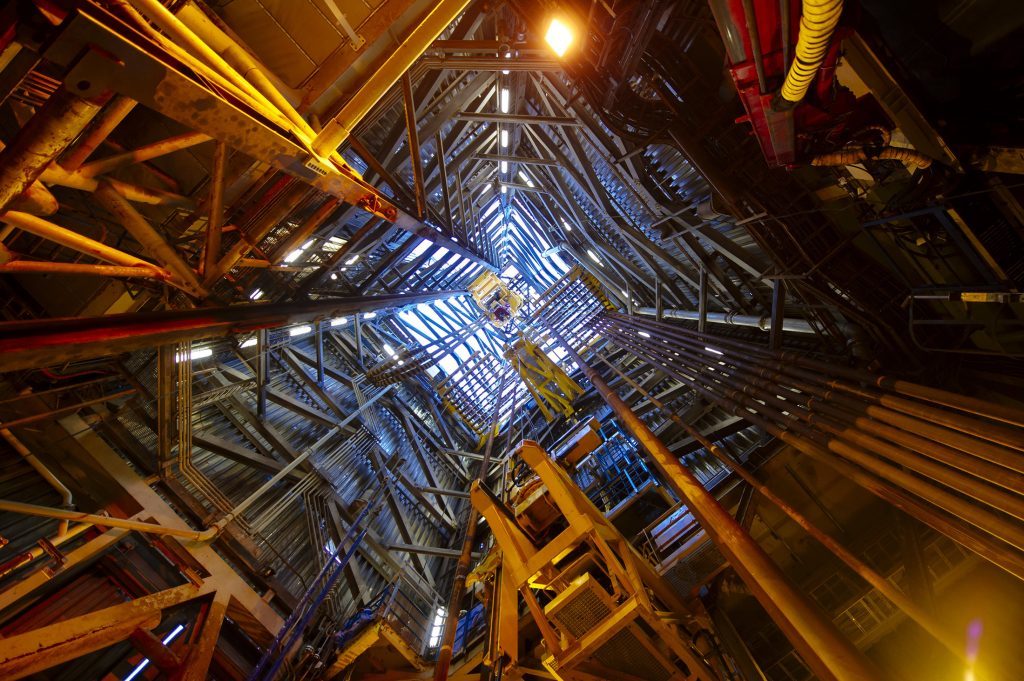
Wireless Seismic, Inc. (WSI), the leading innovator of real-time and cable-free seismic data acquisition systems for the oil and gas industry, announced today the launch of RT3an ultra-high channel count, onshore seismic recording system featuring WSI’s next-generation radio technology.
RT3 addresses the growing market need to acquire much denser onshore seismic surveys.
Unlike the ever-increasing list of blind nodal systems, however, RT3 allows the user to interactively manage an entire spread of 250,000+ recording channels, in real time.
For example, the ability to put the entire spread to sleep, to preserve battery life, requires only a single command from the control centera feature not possible with blind nodal systems.
Furthermore, RT3 eliminates the laborious tasks, required by blind nodal systems, of manual data collection and manual data transcription, by deploying a new radio telemetry architecture that transmits all of the seismic data to the central recorder, up to seven (7) times faster than traditional cabled systems.
A typical RT3 configuration consists of tens of thousands of ultra-lightweight and ultra-low power recording units (Motes) that communicate, via radios, to a grid of Ground Relay Units (GRUs) that, in turn, transmit the seismic data to the fully interactive central recording system. RT3 incorporates all of the advanced industry-proven features of RT2, including real-time data QC and Hybrid Radio Telemetry.
The RT3 radio network is completely self-organizing and automated, requiring minimal resources during initial deployment.
“RT3 is game-changing technology that allows seismic contractors to finally decommission their old cabled systems and replace them with a real-time, cable-free system,” stated Mick Lambert, President and CEO of WSI. “RT3’s significantly reduced weight and cost will make ultra-high channel count projects much more cost-effective, especially for high-density projects outside of open desert terrains.”